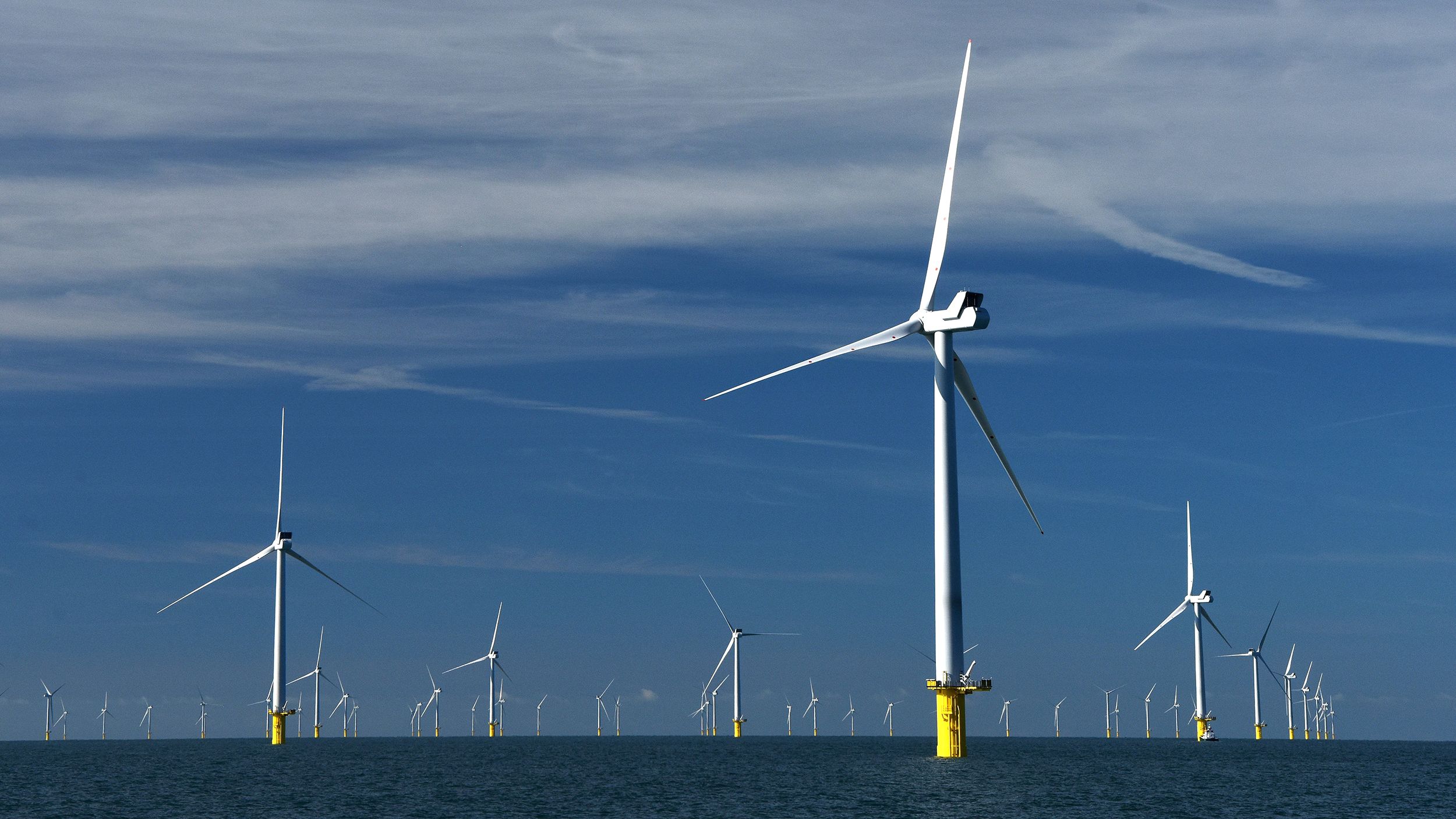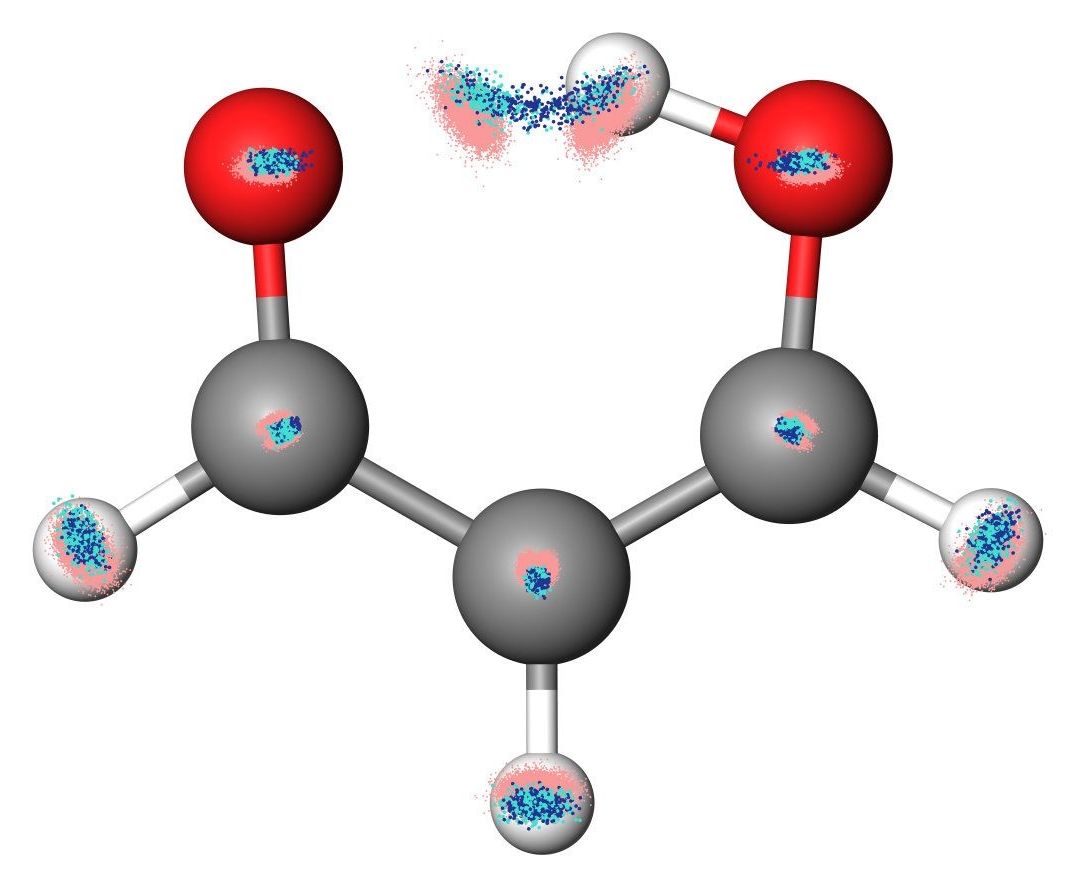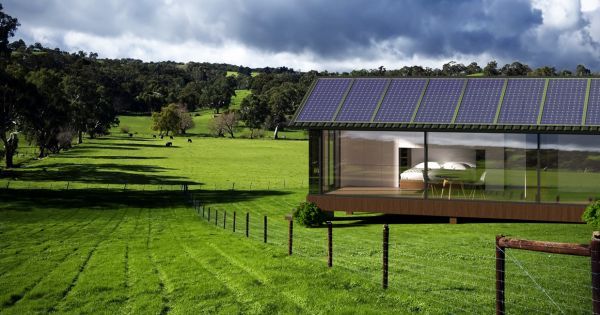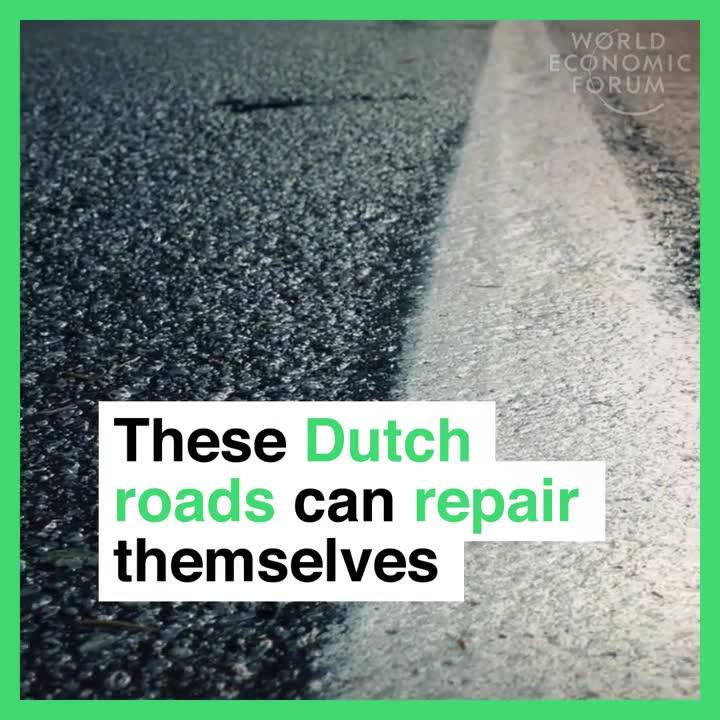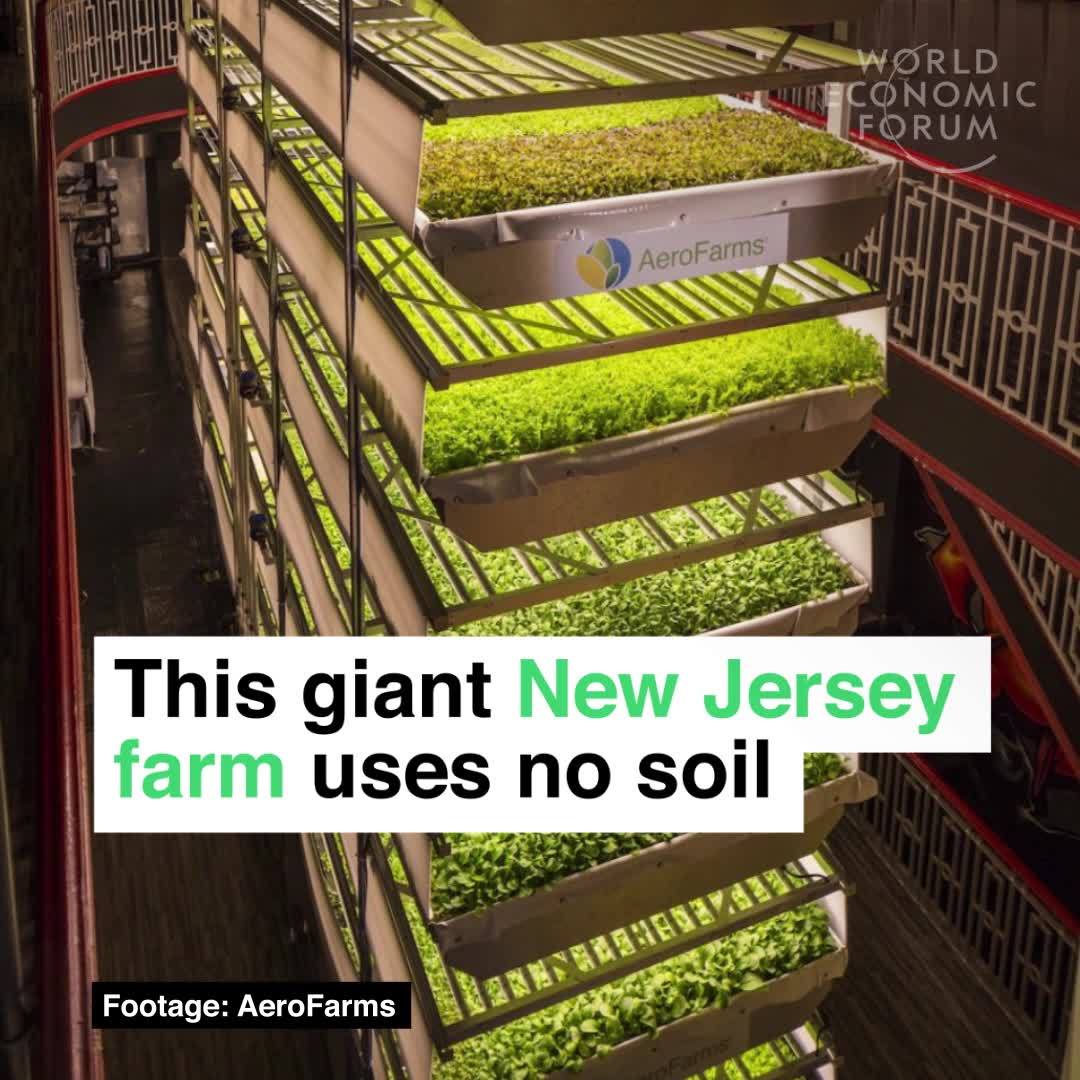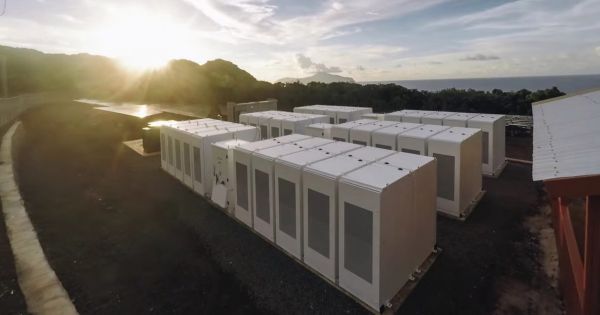Oct 15, 2017
How scientists and supercomputers could make oceans drinkable
Posted by Dan Kummer in categories: nanotechnology, particle physics, supercomputing, sustainability
Aleksandr Noy has big plans for a very small tool. A senior research scientist at Lawrence Livermore National Laboratory, Noy has devoted a significant part of his career to perfecting the liquid alchemy known as desalination—removing salt from seawater. His stock-in-trade is the carbon nanotube. In 2006, Noy had the audacity to embrace a radical theory: Maybe nanotubes—cylinders so tiny, they can be seen only with an electron microscope—could act as desalination filters. It depended on just how wide the tubes were. The opening needed to be big enough to let water molecules flow through but small enough to block the larger salt particles that make seawater undrinkable. Put enough carbon nanotubes together and you potentially have the world’s most efficient machine for making clean water.

